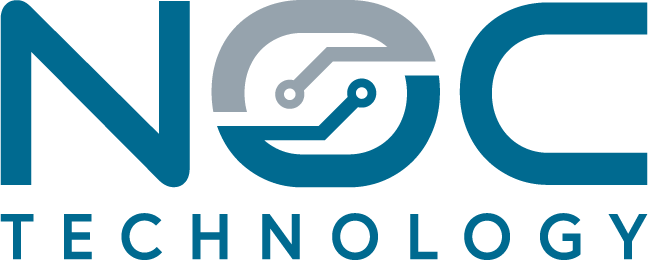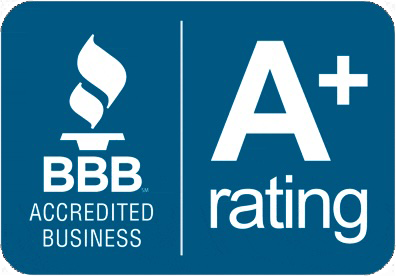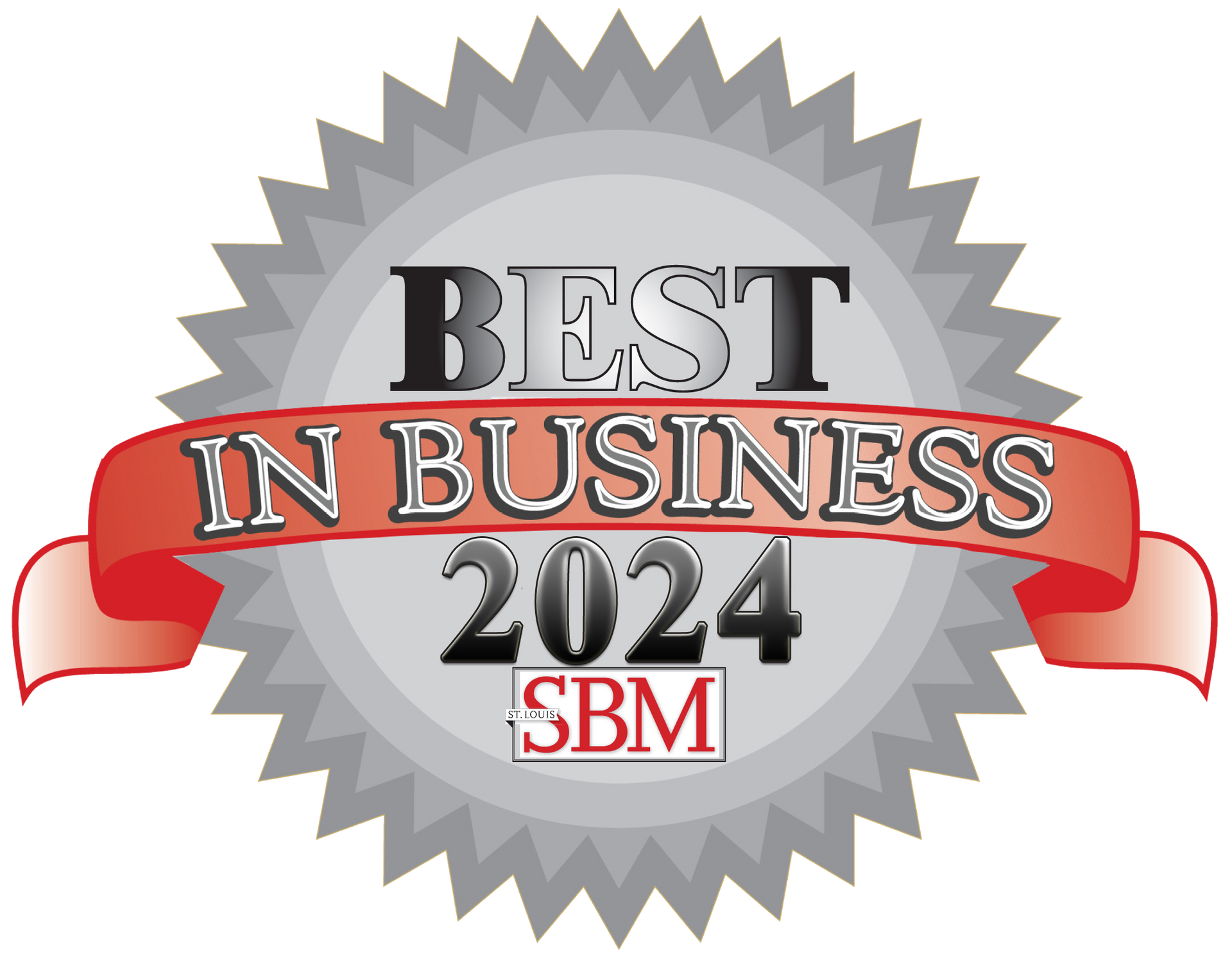Empowering Sheltered Workshops with AI and Automation
by Jon Lober | NOC Technology
Embracing the potential of both AI and humans
You don’t need me to tell you: artificial intelligence (AI) and automation are transforming industries across the board. Many industry leaders (and workers) fear AI in the workplace, for the simple—and understandable—reason that they do not want to sacrifice human jobs. For sheltered workshops, whose primary mission is to provide meaningful opportunities to special needs individuals, this risk may seem even greater.
However, as a tech CEO, I see these technologies presenting their own exciting opportunity—not as a replacement for human work, but as a way to augment abilities, expand job opportunities, and enhance productivity.
Reimagining the Workshop Environment
Sheltered workshops already excel at creating customized workspaces that accommodate diverse abilities. AI and automation tools can take this customization to the next level. Here's how:
AI as an Enabler, Not a Replacement
As stated above, the fear surrounding automation often revolves around job displacement. However, in sheltered workshops, AI-driven tools can serve as assistants, enabling workers with disabilities to perform tasks more efficiently and confidently. For example, AI-powered voice recognition software can help workers with mobility impairments interact with computers hands-free, while smart visual recognition systems can guide employees in sorting and assembling tasks with greater accuracy.
Enhancing Workplace Accessibility
One of the most exciting aspects of AI in sheltered workshops is its potential to break down accessibility barriers. Here are a few ways AI can enhance workplace inclusivity:
- Speech-to-text and text-to-speech tools can assist employees with hearing, reading, or speech impairments.
- AI-powered ergonomic tools can help customize workstations to better fit individual movement needs, reducing physical strain, improving comfort and productivity
- Automated reminders and guidance systems can support workers with cognitive challenges by providing step-by-step task instructions.
Adaptive Workstations
Traditional workstations often require physical adaptations for accessibility. Now imagine workstations that:
- Automatically adjust height, lighting, and tool positioning based on who's using them
- Provide real-time visual or audio guidance customized to each worker's preferences
- Monitor for signs of fatigue or stress and suggest appropriate breaks
- Track productivity patterns to identify optimal work periods for each individual
These smart workstations don't replace the worker—they enhance their natural abilities by removing barriers and providing personalized support.
Expanding Job Opportunities Through Technology
One of the most promising aspects of integrating AI and automation into sheltered workshops is the potential to create diverse new roles that can match a wider range of skills and interests.
Emerging Technology-Enabled Roles
Modern workplace technology creates opportunities for meaningful participation across various abilities:
Digital Quality Assurance
AI can handle complex calculations while workshop participants excel at reviewing results and identifying inconsistencies
Content Organization Specialists
Using AI-assisted tools to help categorize, tag, and manage digital assets
User Experience Contributors
Providing valuable feedback on software and website usability from diverse perspectives
Process Monitoring Partners
Working alongside automated systems to ensure smooth operations
These emerging roles tap into various individual strengths while providing engaging interaction with contemporary technology.
Implementation Considerations for Sheltered Workshops
Bringing AI and automation into your workshop requires thoughtful planning:
Start with Augmentation, Not Replacement
Look for processes where technology can handle the most challenging aspects of a task while preserving meaningful human involvement. The goal is to make jobs more accessible, not eliminate them.
Involve Workshop Participants in the Process
Those who will use the technology should help select and implement it. Their insights will be invaluable, and their participation builds ownership and reduces anxiety about changes.
Emphasize Training and Growth
New technologies create opportunities for skills development. Create structured pathways for workers to learn new digital skills that increase their employment options.
Consider Ethical Implications
Be transparent about how data is collected and used. Ensure that monitoring systems respect privacy and dignity. Technology should empower, not police.
Measure What Matters
Beyond productivity metrics, track engagement, job satisfaction, skill development, and new opportunities created. These holistic measures better reflect the true impact of technological integration.
Building a Future of Inclusive Innovation
The future of sheltered workshops doesn't have to be a choice between preserving jobs and embracing technology. The most successful organizations will find ways to use AI and automation to create more accessible, engaging, and productive environments while staying true to their core mission of providing meaningful work opportunities.
At NOC Technology, we're committed to partnering with sheltered workshops to implement technology solutions that enhance human potential rather than replace it.
We understand the unique considerations of these specialized environments and approach each project with sensitivity to your mission and values.

FREE WEBINAR | MAY 21 | NOON CENTRAL
If you’re interested in exploring how AI and automation can benefit your workshop, join us for a webinar on May 21. We’ll take a deeper dive into analytics, automation, and AI specifically geared toward sheltered workshops. We’d love to have you join us! It’s free and we’ll even provide lunch—so register today.




